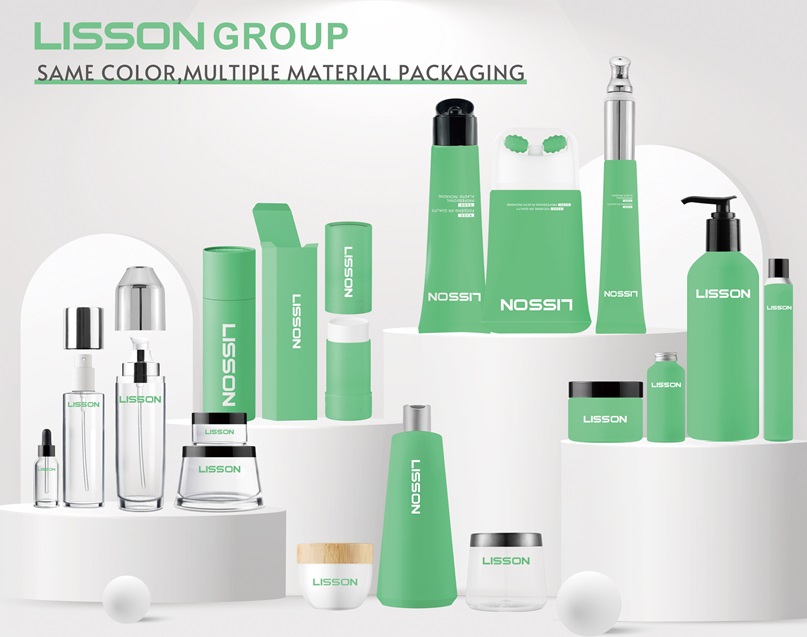Why Kraft Paper Boxes Are the Sustainable Packaging Solution You Need
As businesses and consumers increasingly prioritize sustainability, Kraft Paper Boxes have emerged as one of the most eco-friendly packaging solutions available today. Made from natural, unbleached paper, these boxes offer a sturdy, biodegradable, and recyclable alternative to traditional plastic packaging. Whether you’re looking to package products for retail, deliver takeout meals, or simply store goods, Kraft paper boxes provide a sustainable option without sacrificing durability or style.

One of the standout features of kraft paper boxes is their ability to support a wide range of products while remaining environmentally responsible. Thanks to their natural composition, these boxes are fully biodegradable and compostable, making them an excellent choice for reducing waste. Additionally, Kraft paper is a renewable resource, and many of these boxes are made from recycled paper, making them a sustainable packaging option that helps close the loop on waste.
In addition to being eco-friendly, kraft paper boxes are incredibly versatile. Available in various sizes and shapes, they can be used for everything from food packaging to shipping goods or gift wrapping. Their simple, rustic aesthetic makes them a popular choice for brands that want to project an environmentally-conscious image. Businesses can easily customize Kraft boxes with logos or designs, ensuring that their packaging stands out while also supporting sustainable practices.
At **Biosettings**, we offer high-quality *kraft paper boxes that are not only functional but also align with our commitment to sustainability. Our Kraft paper packaging is made from eco-friendly materials and designed for strength and performance, ensuring that your products are well-protected while reducing your environmental impact. Choose **Biosettings** for all your packaging needs and make the sustainable switch today.





















